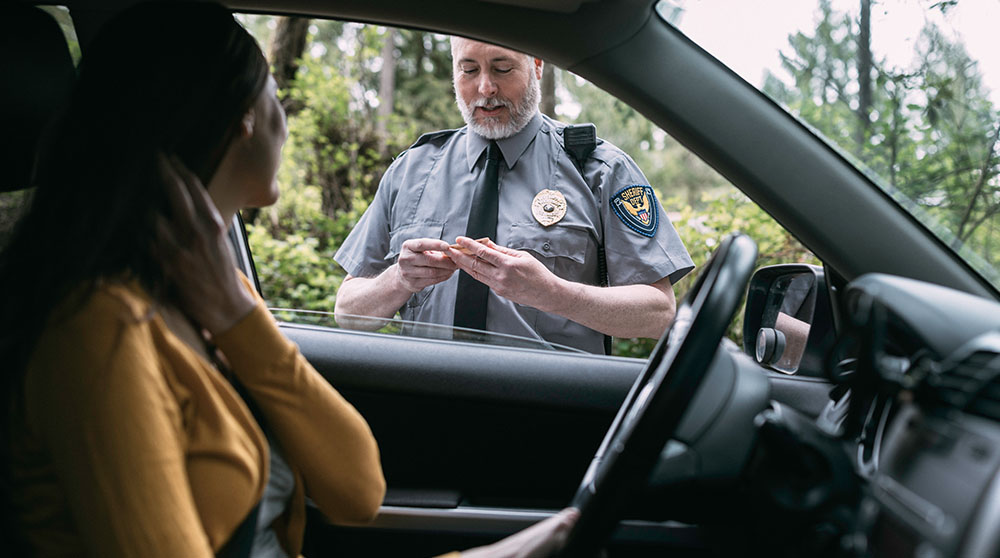The high price of distraction: Counting the costs and consequences of distracted driving.

In an era dominated by technology and constant connectivity, there’s increasing temptation to engage in distracting activities while driving. For example, you may read an email at a red light. Send a text at a stop sign. Fumble with your phone – trying to turn on a podcast or playlist. And while all the above may seem like momentary, harmless acts, they can come at a high cost. Literally.
To learn more about the costs and consequences of distracted driving, read on.
The toll of traffic violations
Law enforcement agencies across the globe are cracking down on distracted driving, which means one of the most common costs is a traffic ticket. In our home state of Michigan, for example, violating our hands-free law comes with a $100 fine and/or 16 hours of community service, with subsequent violations that are even more severe.
Insurance implications
When an insurance company determines your premium, they rely on statistical data and your personal driving history. In every instance, the objective is to provide fair coverage, based on your unique level of risk. However, once there’s a record of distracted driving, they have to consider the increased chances of you being involved in an accident one day. And because accidents caused by distracted driving tend to be more severe, the overall risk associated with insuring you becomes even higher. In these situations, our insurance experts often adjust premiums – not as a punishment, but as a pragmatic approach.
We encourage you to consider this information as an opportunity to reinforce safe driving habits. By prioritizing attention and focus while on the road, you not only contribute to your safety and the safety of others, but also play a role in maintaining reasonable insurance premiums for all.
Financial fallout: Medical costs
Accidents due to distracted driving come with severe repercussions, like rapidly escalating medical costs that encompass emergency care, surgeries, rehabilitation, and ongoing treatments. These expenses can, of course, burden the individual involved, but they can also strain healthcare systems and community resources.
In a recent report by the National Highway Traffic Safety Administration (NHTSA), the agency examined the costs of one year of crashes (2019) that killed an estimated 36,500 people, injured 4.5 million, and damaged 23 million vehicles. Their findings showed a major economic and societal impact – costing the U.S. more than $340 billion.
The human cost: Lives lost and altered
Beyond the financial toll, the human cost of distracted driving is immeasurable. Lives are lost, families shattered, and futures altered in an instant – all due to single moments of inattention.
Per the same NHTSA study, crashes where at least one driver was identified as being distracted, resulted in 10,546 deaths, in just one year. Each statistic represents a real person. A loved one. A member of a community. So, by choosing to drive responsibly, we can all contribute to the preservation of lives and the well-being of those around us.
The road ahead
As the saying goes, with great power comes great responsibility … and operating a vehicle is a powerful responsibility that demands our full attention.
To combat the costs and consequences of distracted driving, make a point to adopt hands-free technology, plan routes in advance, and cultivate mindfulness behind the wheel. Acknowledge the high price and help us work toward making roads more secure.
Safe travels,
Your friends at Frankenmuth Insurance
For more on distracted driving, read: 8 ways to avoid distracted driving.
This content was developed for general informational purposes only. While we strive to keep the information relevant and up to date, we make no guarantees or warranties regarding the completeness, accuracy, or reliability of the information, products, services, or graphics contained within the blog. The blog content is not intended to serve as professional or expert advice for your insurance needs. Contact your local, independent insurance agent for coverage advice and policy services.







